Bid to save Scotland's ancient rainforest
- Published
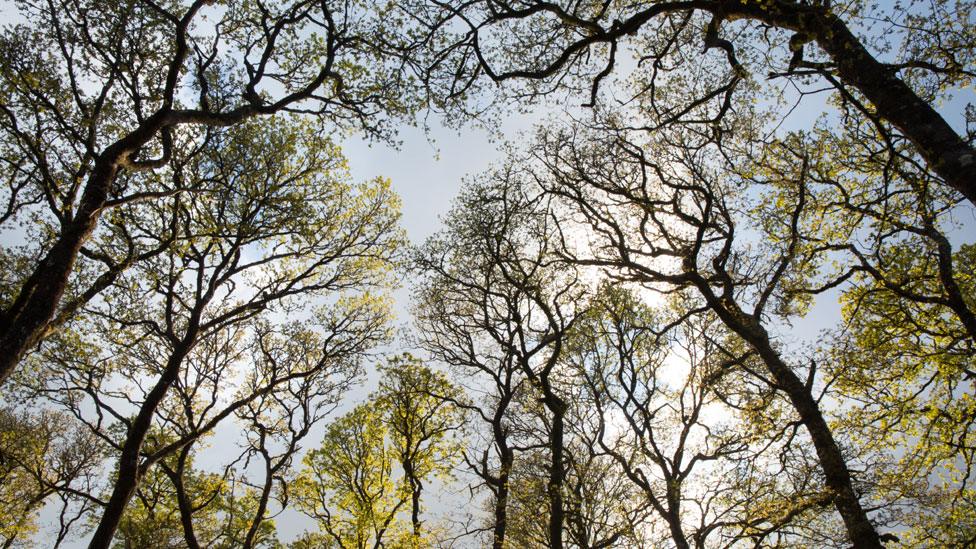
Almost 75,000 acres of woodland is designated as Atlantic rainforest
Scotland's ancient rainforest is under threat, conservationists have warned.
Almost 75,000 acres (30,351ha) of woodland on the west coast is designated Atlantic rainforest because of the rare oceanic plant life.
But the forest is being lost to overgrazing by deer and livestock, invasive plant species and disease.
The dangers, and plans to regenerate the forest, have been set out in a new report by the Atlantic Woodland Alliance, external.

The woodland supports a rich range of oceanic plantlife, including rare mosses and lichen
The alliance of 16 charities and organisations has proposed eradicating exotic species of plants, such as Sitka spruce and Rhododendron ponticum, from thousands of acres of rainforest, and also neighbouring woodlands to prevent re-invasion.
Non-native plants diminish the quality of the rainforest, but can also smother native plantlife.

Threats to Scotland's rainforest
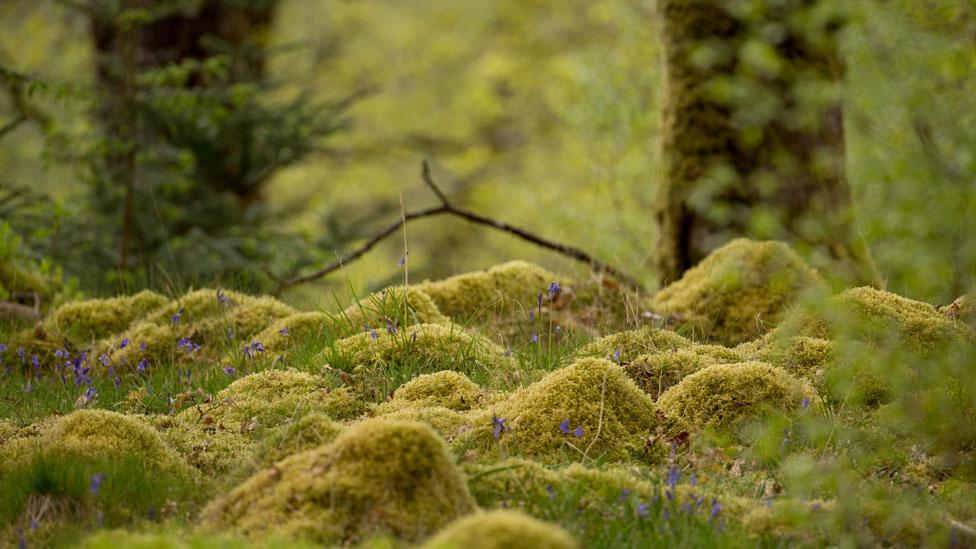
Almost all of it is over-grazed to a degree that prevents trees and other plants from re-growing, says the alliance
Invasive rhododendron can be found in 40% of rainforest sites where it threatens to choke the woodlands
Ash dieback, which is caused by a fungus, threatens the future of our northern and western most ash woods
Climate change and air pollution risks the clean air needs for most of the forest's plants to survive

Planting more native trees, such as oak and birch, has also been suggested by the alliance.
Crinan Wood in Argyll, Ballachuan Hazelwood on Seil Island, Balmacara Estate in Kyle of Lochalsh and Lochaber's Allt Mhuic include areas of the ancient and bio-diverse woodland.
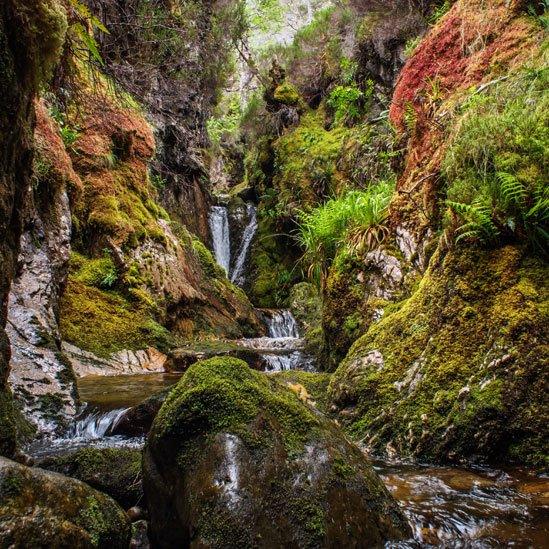
Areas of the forest can be found in Argyll and the Highlands

Adam Harrison, of Woodland Trust Scotland, one of the members of the Atlantic Woodland Alliance, said: "Scotland's rainforest is just as lush and just as important as tropical rainforest, but is even rarer.
"It is found along the west coast and on the inner isles and is a unique habitat of ancient native oak, birch, ash, pine and hazel woodlands and includes open glades and river gorges.
"Our rainforest relies on mild, wet and clean air coming in off the Atlantic, and is garlanded with a spectacular array of lichens, fungi, mosses, liverworts and ferns.
"Many are nationally and globally rare and some are found nowhere else in the world."
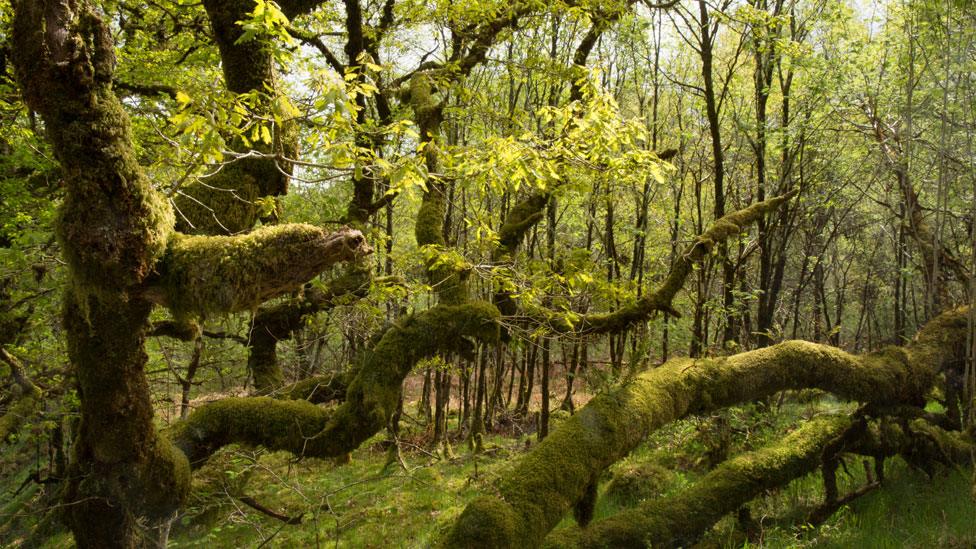
An alliance of organisations wants to boost the forest's coverage
Gordon Gray Stephens, of the Community Woodlands Association, said it was not too late to take action to save the rainforest.
He said: "Our vision for regenerating Scotland's rainforest is clear. We need to make it larger, in better condition, and with improved connections between people and woods.
"Coming together as an alliance can help to make this happen."
More members have been sought for the alliance, whose current members include Forestry and Land Scotland, Loch Lomond and Trossachs National Park Authority, National Trust for Scotland, Plantlife Scotland and the Royal Botanic Garden Edinburgh.
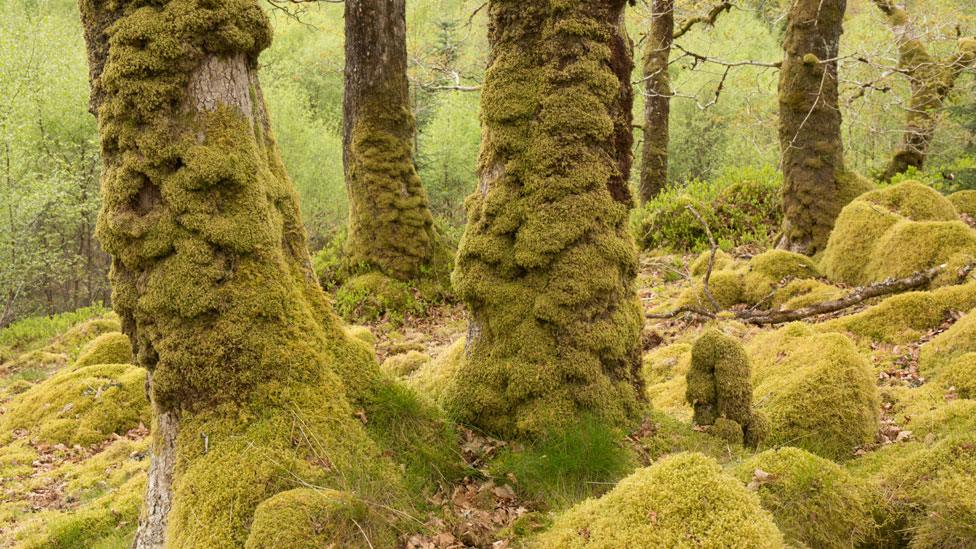
Overgrazing, exotic plants and disease are among the threats to the forest